The Winter Blues
- By Healthy Living Liberty Lake
- •
- 19 Sep, 2017
- •
Do you struggle with depression during the colder months?

There’s a chill in the air. The skies are gray. You eye the snow shovel with contempt, and make sure the ice scraper is back in the car. Fall is always my favorite time of year, but for some of us, it’s just a reminder that winter is right around the corner. As cold weather sets in, so does depression for a lot of people. But before turning to prescription drugs that usually do not work and come with a long list of side effects, try natural remedies first.
The most important is vitamin D. You’ve heard me harp on this one before, but vitamin D will help alleviate the blues, helps with fatigue, keeps your immune system stronger, and protects against breast and prostate cancer. I routinely recommend between 5,000 and 10,000 IU per day of vitamin D3. Have your levels checked, with your goal being between 70-90.
Next are probiotics. These give your intestines a dose of healthy bacteria your body needs to fight infections and improve digestion. Now according to a study done by the Society of Neuroscience, probiotics help you fight stress and improve mental health. These friendly bacteria release substances that activate the vagus nerve, which send positive signals from the gut to the brain. Look for probiotics that have multiple strains of bacteria, and the better ones don’t have to be refrigerated.
The B vitamins are important in helping you deal with stress and anxiety, and magnesium is very calming. Both are needed to make your neurotransmitters, such as serotonin – your “happy” brain chemical. SamE has been used for years for depression, and works wonderfully well for many people.
In my practice, I’ve also used supplements by Standard Process called Min Chex or Min Tran, which help relieve anxiety and depression.
Most people forget about other remedies that are extremely important, like exercise, yoga, and meditation. If you do only one of these, exercise is the most important. Besides helping your cardiovascular system, regular exercise will release natural endorphins and elevate mood.
UV lights for seasonal affective disorder are helpful for some. But a simple trick that will do the same thing as UV light is to take a flashlight and shine it directly on the middle of your forehead just between your eyebrows for 10-20 minutes a day. This will stimulate the pineal gland in the brain. The pineal gland, known as the “third eye” in Chinese medicine, produces melatonin and helps to control the various biorhythms of the body. It’s a simple trick, and worth a try…just don’t do it in front of the neighbors!
If none of these are helping, it may be time to see your local doctor. Life is meant to have joy, not battling with low energy and depression six months of the year.
By Dr. Susan Ashley, M.D.

By Dr. Susan Ashley, MD

By Dr. Susan Ashley, MD
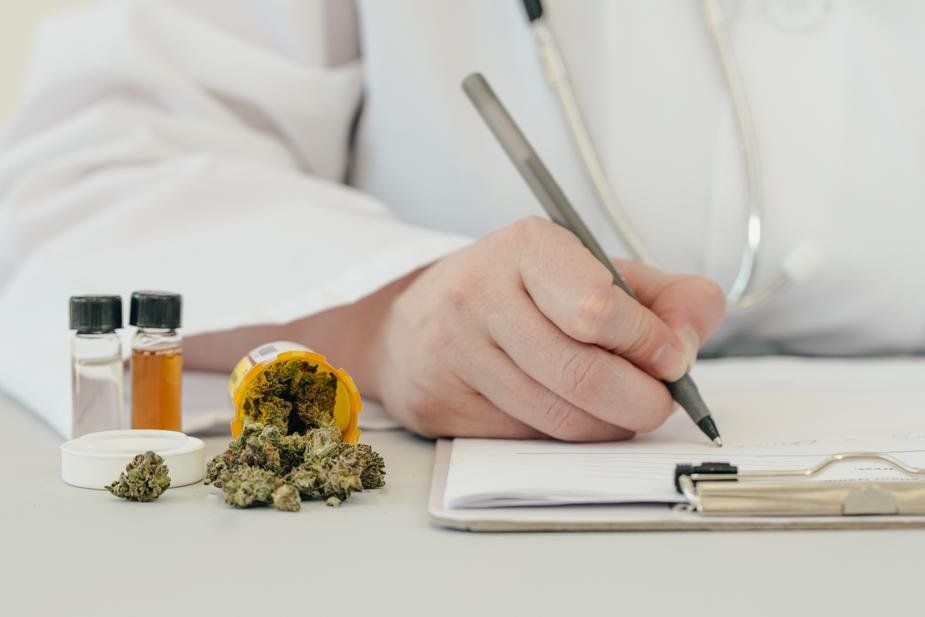
Opiates taken long term also leads to a reduced pain threshold, meaning a person on them will feel pain at a much earlier level than someone else.
There's a lot of interest now in using cannabis to reduce chronic pain, and studies have shown they can be quite effective for neuropathy, migraines, spasticity and joint pain.
However, it doesn't always work, and now a new study shows why.
Then at the end of the 4 years, the people who used cannabis for pain had greater pain severity scores They also found that the meds and other remedies taken for pain were less likely to be effective. In addition, they had greater generalized anxiety disorder severity scores. The bottom line-- the cannabis users were not able to decrease the use of narcotics. Why?
Because of the well known fact that chronic narcotic use decreases pain threshold. In fact in some people the threshold becomes so low that even minor pains can seem intolerable. In essence, the narcotics cancel the pain relieving effects of the cannabis.
Chronic opiates should be avoided as much as possible in chronic pain. Tolerance develops quickly, addiction can occur, and pain threshold is lowered. If you have chronic pain, use other modalities first to try to alleviate the pain. This includes cannabis, acupuncture, anti-inflammatory drugs, weight loss, energy medicine, and stem cells. We have used IV stem cells for reduction of neuropathy pain with good effects.
By Dr. Susan Ashley, MD
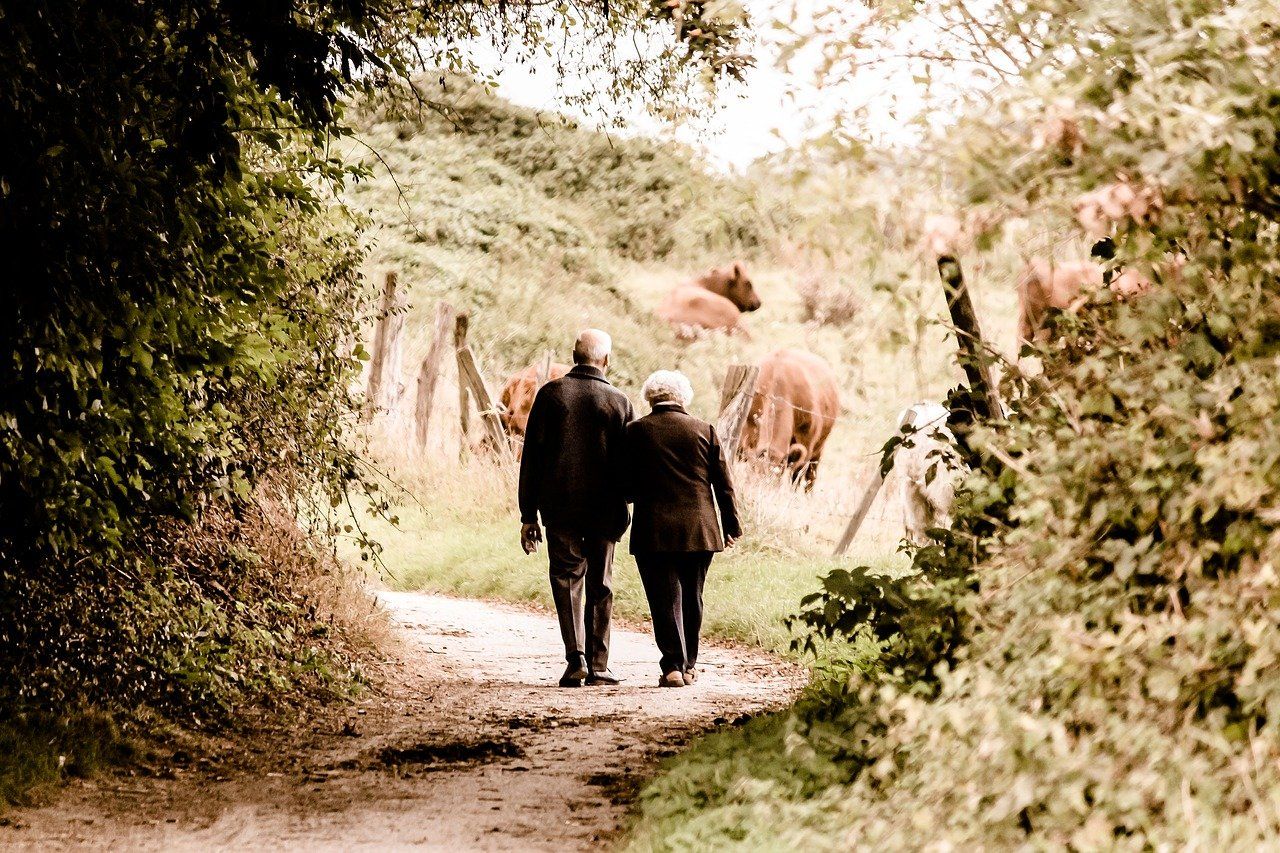
Not only that, but those who walked at a fast pace reduced their risk of death even further, by 24 percent.
All it took was putting one foot in front of the other a little more quickly!
And when the researchers zeroed in on cardiovascular disease deaths among participants over age 60, the results were even more striking.
Compared to the slowest walkers, average-paced walkers slashed their risk of dying from cardiovascular disease by 46 percent -- and the fast-paced walkers slashed it by a whopping 53 percent.
Now, the study didn't determine exactly how walking at a faster pace can add years to your life. And how fast do you have to walk just to hit the "average" mark? How brisk is brisk?
In the study, a "fast" pace was defined as one that makes you slightly out of breath or sweaty when sustained. That could vary depending on how much you weigh, how much sleep you got, how much you ate earlier in the day, etc. So there was no exact speed such as 3 mph or 4 mph.
By Dr. Susan Ashley, MD
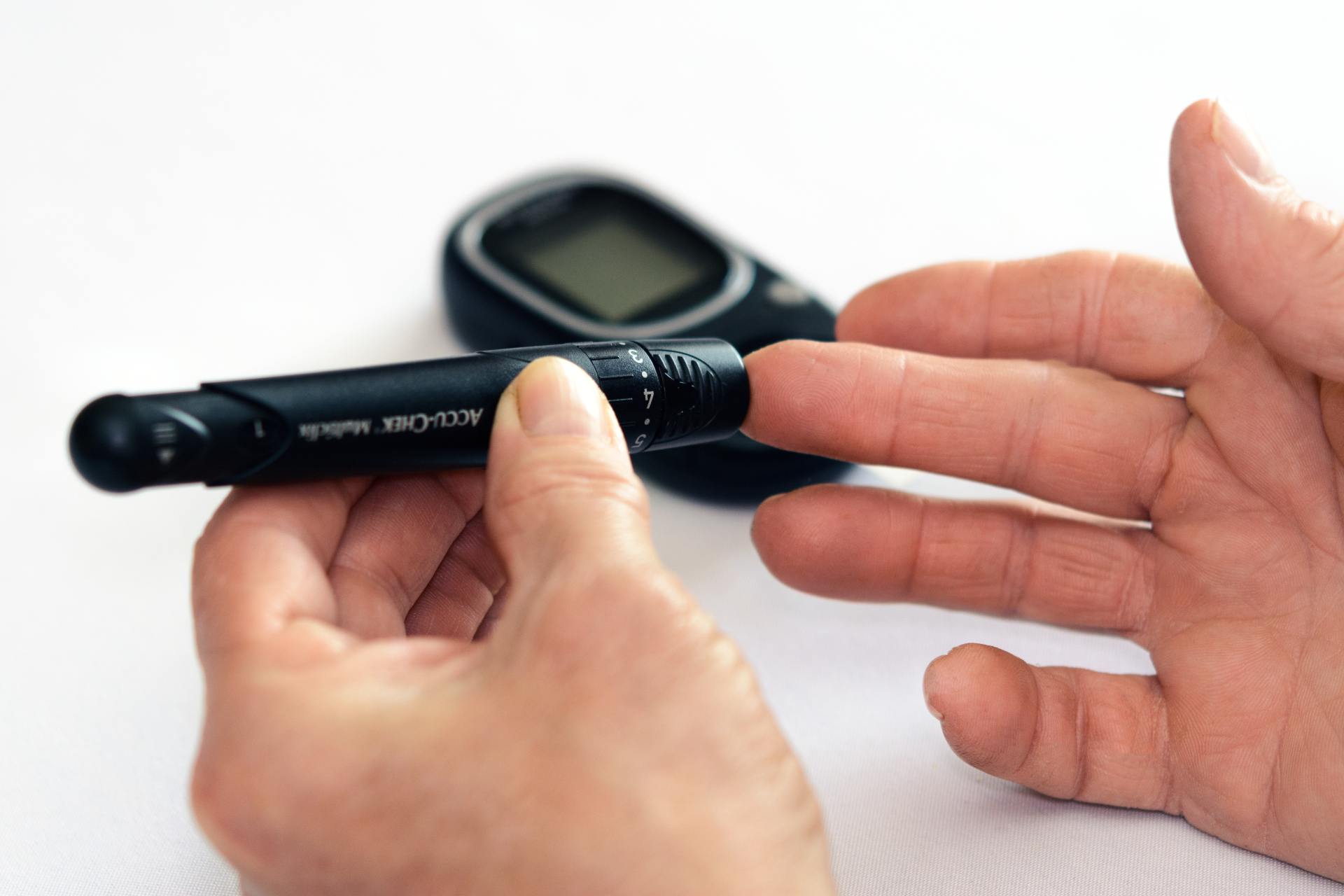
By Dr. Susan Ashley, MD
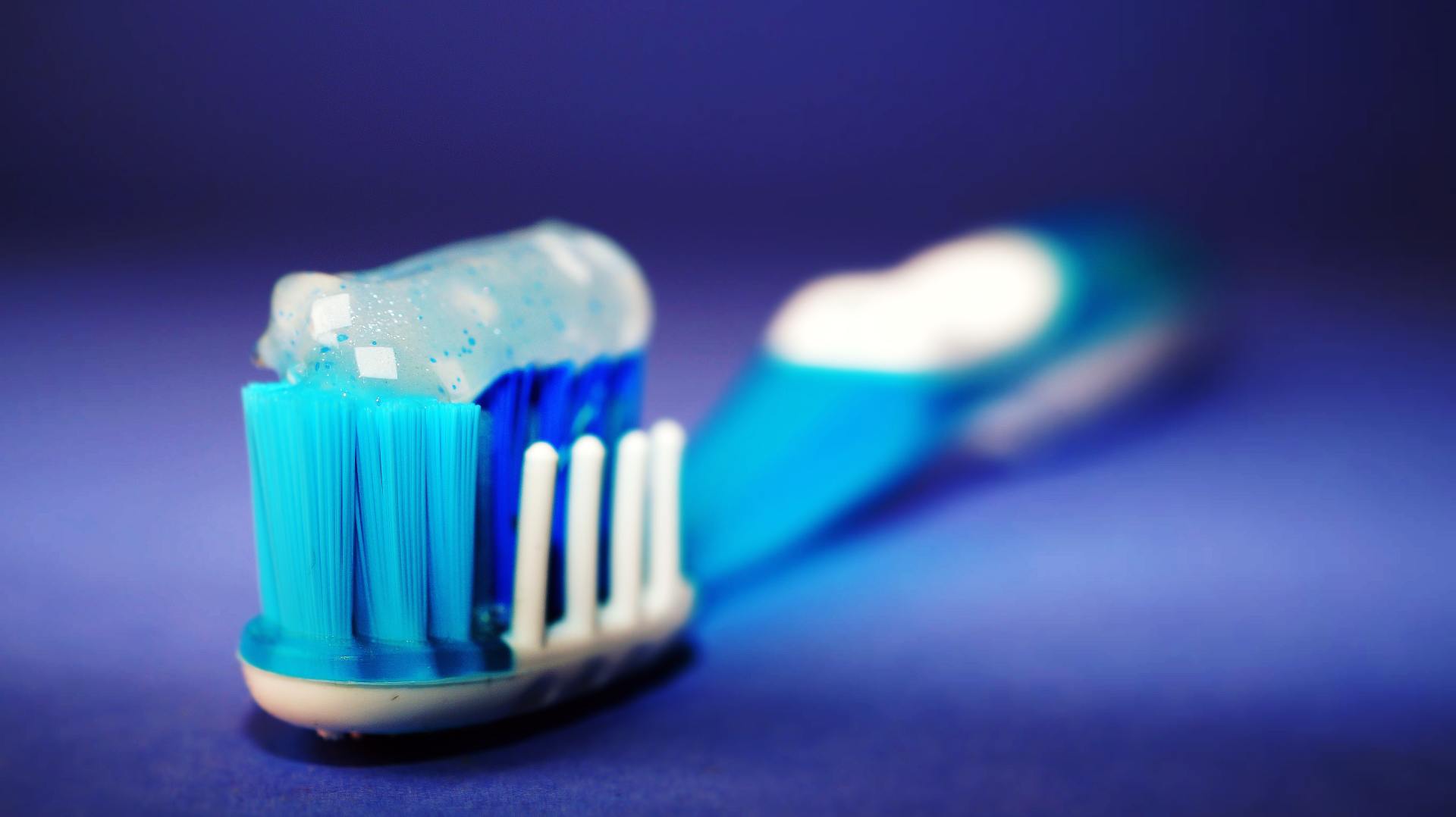
Side effects of triclosan include:
- About 1/2 cup coconut oil
- 2-3 Tablespoons of baking soda
- 2 small packets of stevia powder
- 15-20 drops of peppermint or cinnamon essential oil
- 10 drops myrrh extract (optional)
Natural Toothpaste Instructions
- Melt or slightly soften coconut oil.
- Mix in other ingredients and stir well. If using semi-hard coconut oil, use a fork, if not, use a spoon. If you are using completely melted coconut oil, you will need to stir several times while the mixture cools to keep the baking soda incorporated.
- Put mixture into small glass jar (I make different ones for each family member)
- Let cool completely.
- To use: dip toothbrush in and scrape small amount onto bristles. Could also use a small spoon to put on toothbrush.
By Dr. Susan Ashley, MD

By Dr. Susan Ashley, MD

By Dr. Susan Ashley, MD
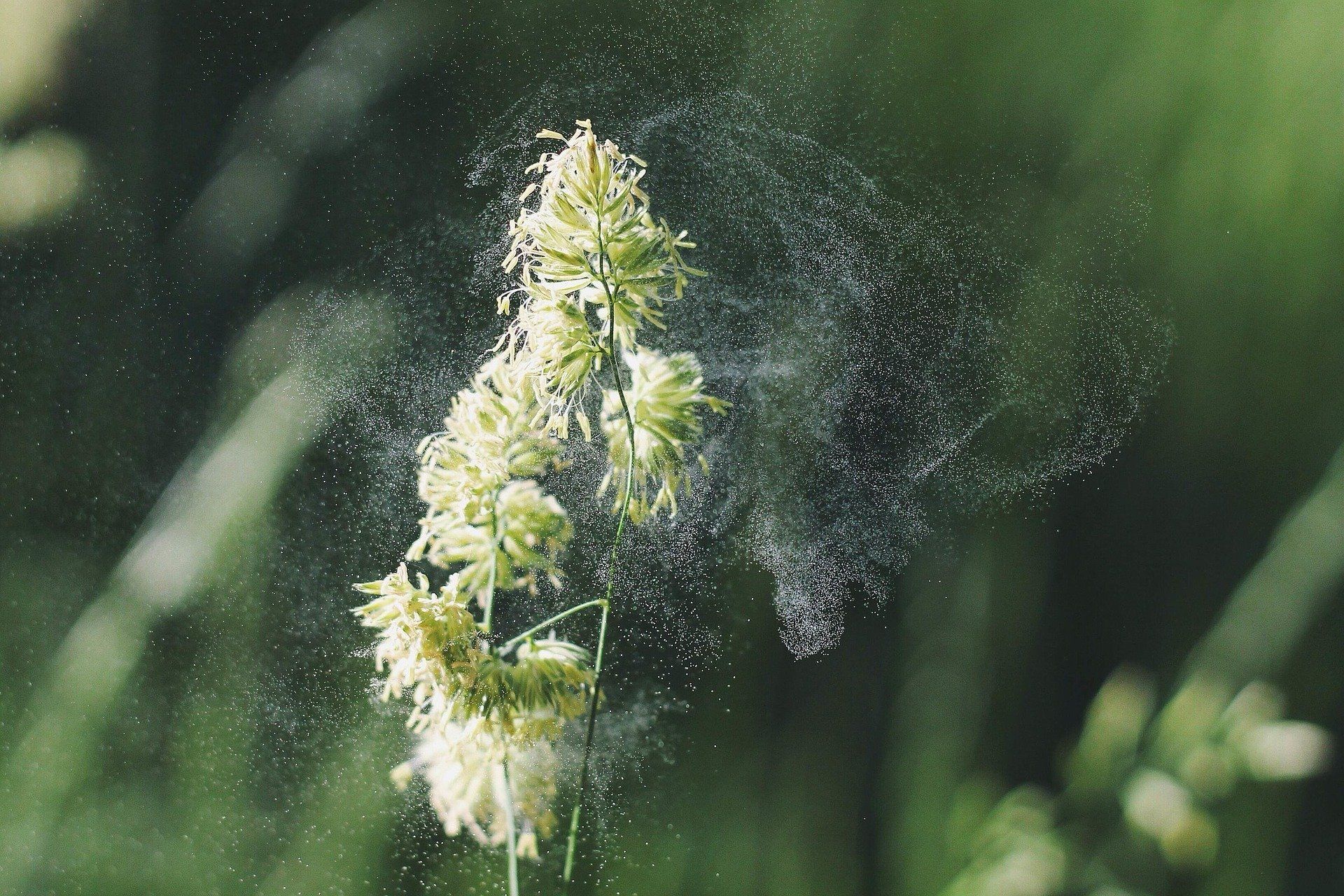
By Dr. Susan Ashley, MD
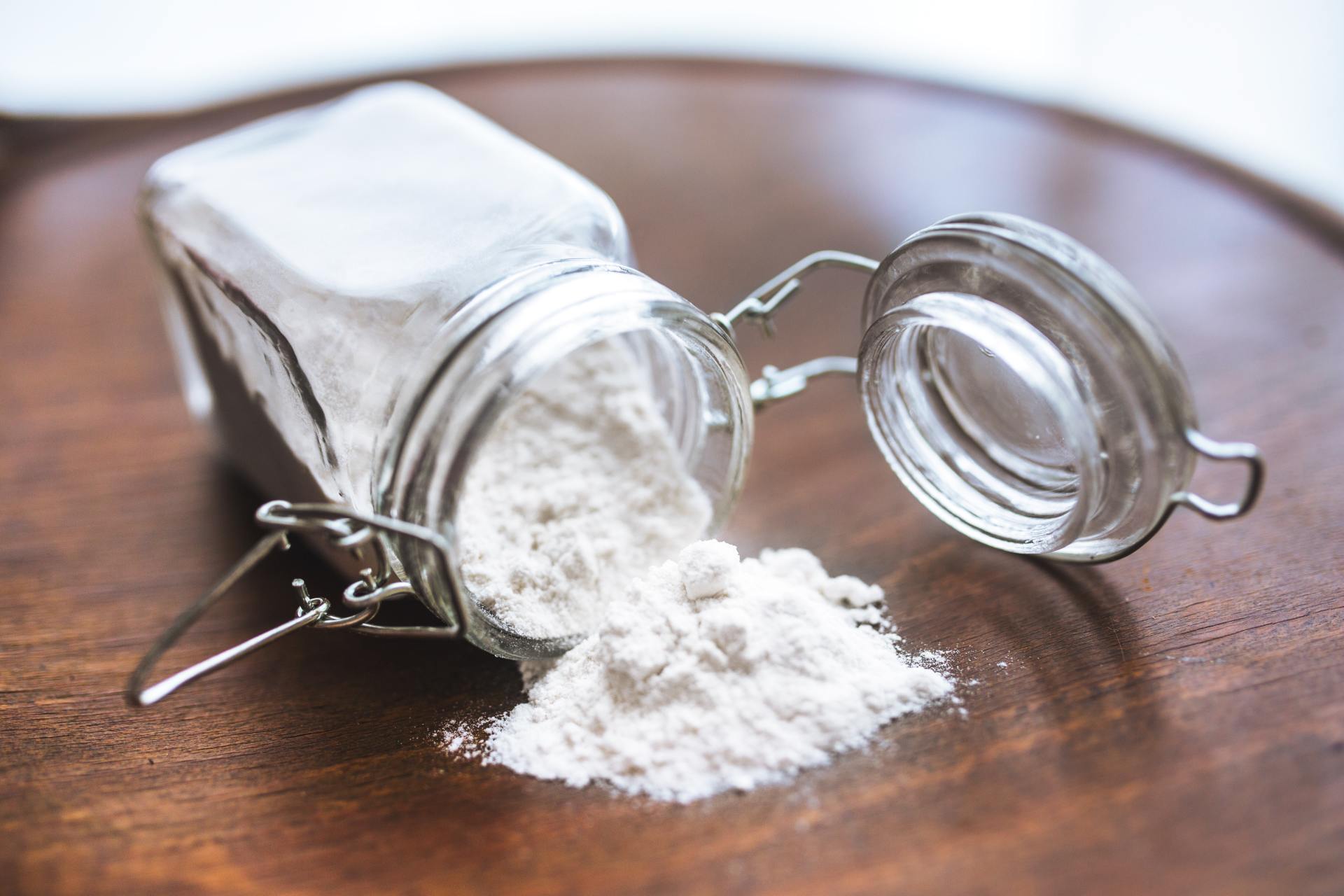
By Dr. Susan Ashley, MD
